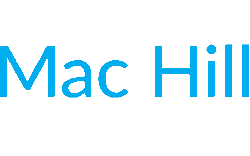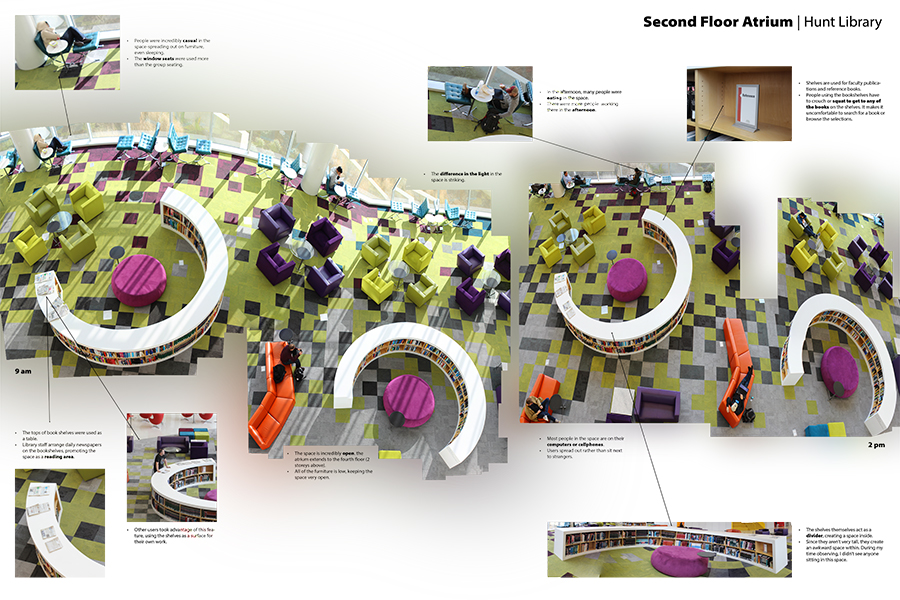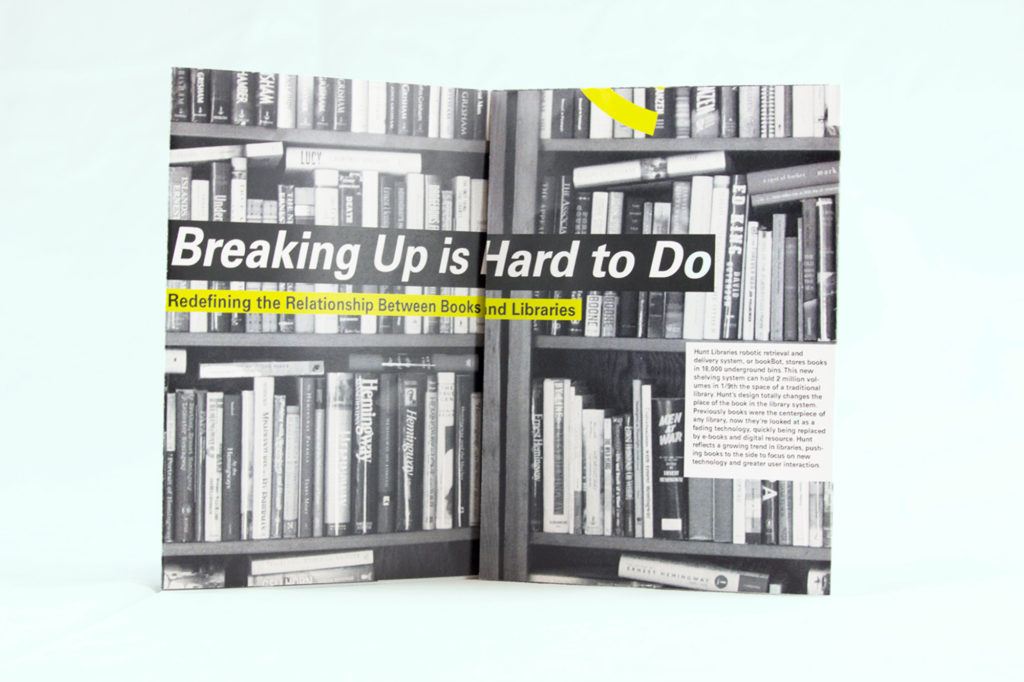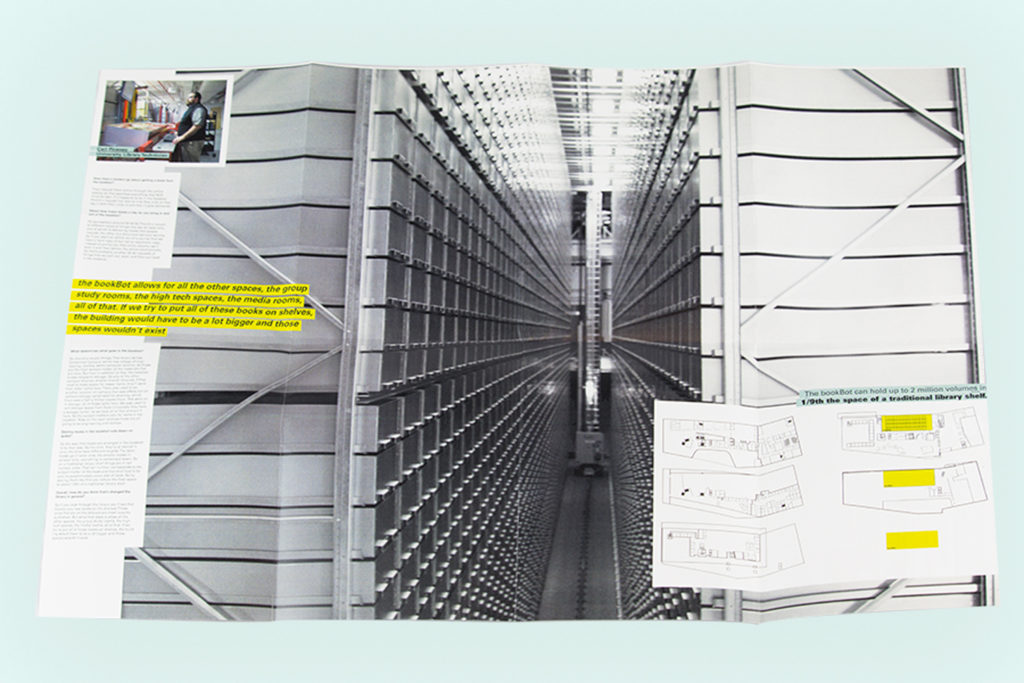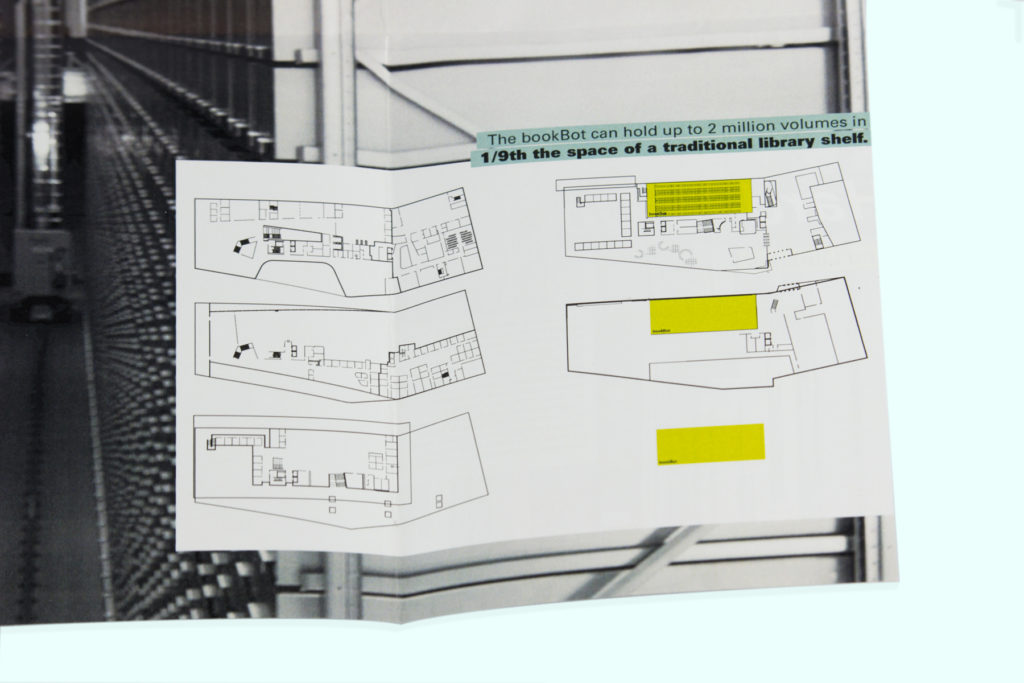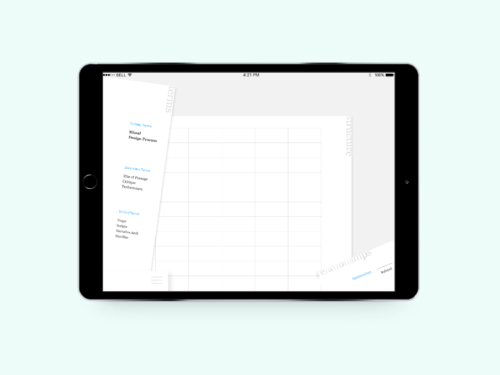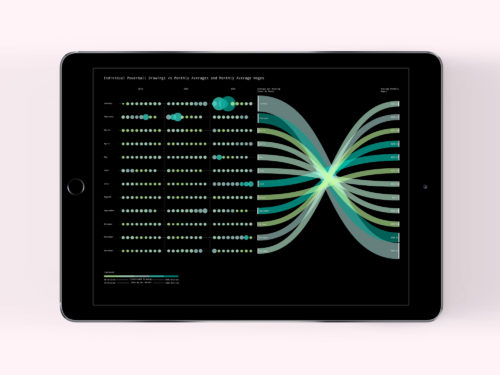Hunt Library Knowledge Map
Print Design
Design Research
North Carolina State University’s Hunt Library is an example of what libraries have become in the digital age. The facility is best known for its architecture and technological integration, including a large robotic book storage and retrieval system which houses most of the university’s engineering, textiles, and hard sciences collections.
In order to better understand how users interact with Hunt Library, my studio course was asked to observe users in the library, and how those behaviors differed from a traditional library. This project integrated observational research, as well as traditional, literature based, research methods.
The information gathered from the preliminary observations was presented in an activity map. The location observed was photographed and different behaviors were called out with photographs and text.
After initial observations were taken, I narrowed my research to the role of books in a digital library. I specifically looked at the changing place of books in a library-while books on shelves were once so integral, shelves were designed that could support a physical library structure-today they are a secondary resource. In the Hunt Library, the books are stored in a robotic storage facility that reduces the amount of space that they take up to 1/9th the size of traditional library shelving.
This research was presented as a foldable map. The map was designed to mimic the folding behaviors of a book and then transform into a larger, more interactive information piece. The map contained all of my research, as well as snippets from an interview conducted with one of Hunt Library’s bookBot specialists.
Software: Photoshop, Illustrator, InDesign

